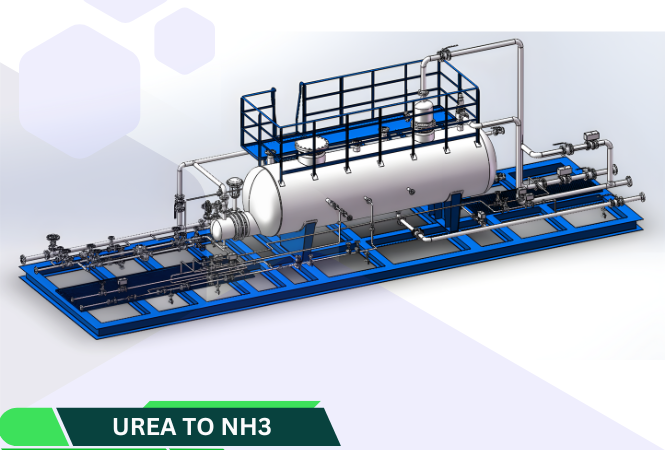
APPLICATIONS
Pigments (Titanium White): Preferred for its high opacity, brightness, and UV resistance in paints, plastics, and paper .
Ceramics & Glass: Used in refractory materials due to its high melting point.
Photocatalysis: Modified TiO₂ nanoparticles degrade pollutants like p-nitrophenol under visible light.
Sunscreens: Blocks UV rays, reducing skin cancer risk (recommended usage: 1–5%) .
Medical Treatments: Used in ointments for burns, rashes, and hemorrhoids due to its protective barrier properties .
Nano-TiO₂: Enhances air purification and antibacterial effects; surface modifications (e.g., with silane) improve dispersion in blue-light-curing inks .
Photovoltaics: Rutile-phase TiO₂ with high-energy facets boosts catalytic efficiency.
TYPES OF TIO2
By Crystal Structure
Rutile: Most stable form, high refractive index, and UV resistance. Used in paints, plastics, and sunscreens. Anatase : Higher photocatalytic activity, used in self-cleaning surfaces and environmental purification.
By Particle Size
Microscale TiO₂: Traditional pigment-grade (0.2–0.3 µm), used in coatings and plastics.
Nanoscale TiO₂ (≤100 nm): Enhanced UV absorption and reactivity. Applications include:
Photocatalysis (e.g., water purification) .
Cosmetics (sunscreens with transparent appearance) .
Medical devices (antibacterial coatings) .
By Surface Modifications
Coated TiO₂: Surface-treated for specific properties:
Inorganic coatings (e.g., silica, alumina): Improve dispersibility and weather resistance in paints .
Organic coatings (e.g., silanes): Enhance compatibility with polymers for plastics and inks.
Doped TiO₂: Modified with metals (e.g., nitrogen, silver) to boost visible-light photocatalysis.
Specialized Forms
Mesoporous TiO₂: High surface area for catalysis (e.g., layered mesoporous TiO₂ in pollutant degradation) .
Composite TiO₂: Combined with other materials (e.g., CQDs/TiO₂ for improved light absorption) .
Titanium Dioxide Microspheres: Uniform 5 µm particles for controlled drug delivery or sensors .
TYPICAL PROCESS
There are two processes used to leach titanium from ore: the chloride process and the sulfate process. The chloride process uses chlorine gas (Cl2 ) and coke (C+) at elevated temperature to create titanium tetrachloride (TiCl4 ). Secondary oxidation removes the chlorine gas and creates titanium dioxide (TiO2 ). pH measurement is not used in the initial phases of the chloride process; however, it is used later on in downstream surface treatment of TiO2.
The sulfate process relies on sulfuric acid (H2SO4) to leach titanium from ilmenite ore (FeTiO3 ). The resulting reaction produces titanyl sulfate (TiOSO4 ). A secondary hydrolysis stage is used to break the titanyl sulfate into hydrated TiO2 and H2SO4. Finally, heat is used to remove the water and create the end product - pure TiO2.
.
SULFATE & CHLORINATION PROCESS
.png)
APPLICATION FIELDS

Physical & Chemical Properties
High Refractive Index (~2.7) – Gives exceptional opacity and brightness, making it ideal for paints, coatings, and pigments.
Thermal Stability – Melting point of 1,843°C and boiling point of 2,900°C, suitable for high-temperature applications.
Insolubility – Does not dissolve in water or organic solvents but reacts with strong acids/bases.
Photostability – Resists degradation under UV light, ensuring long-lasting performance in sunscreens and outdoor coatings.
DOWNLOADS


Add paragraph text. Click “Edit Text” to update the font, size and more. To change and reuse text themes, go to Site Styles.
UREA TO AMMOUNIA
.png)
Add paragraph text. Click “Edit Text” to update the font, size and more. To change and reuse text themes, go to Site Styles.
WFF EVAPORATOR
.png)
Add paragraph text. Click “Edit Text” to update the font, size and more. To change and reuse text themes, go to Site Styles.

